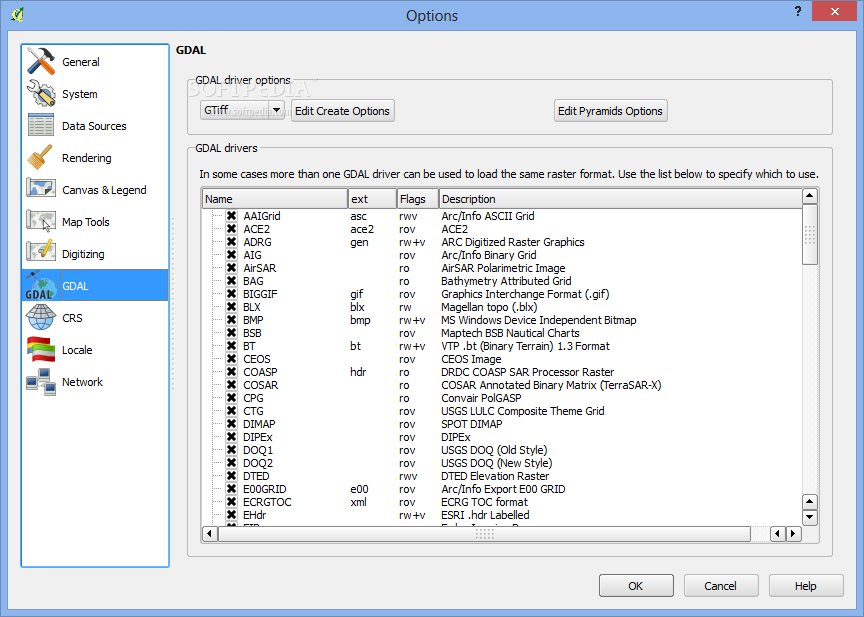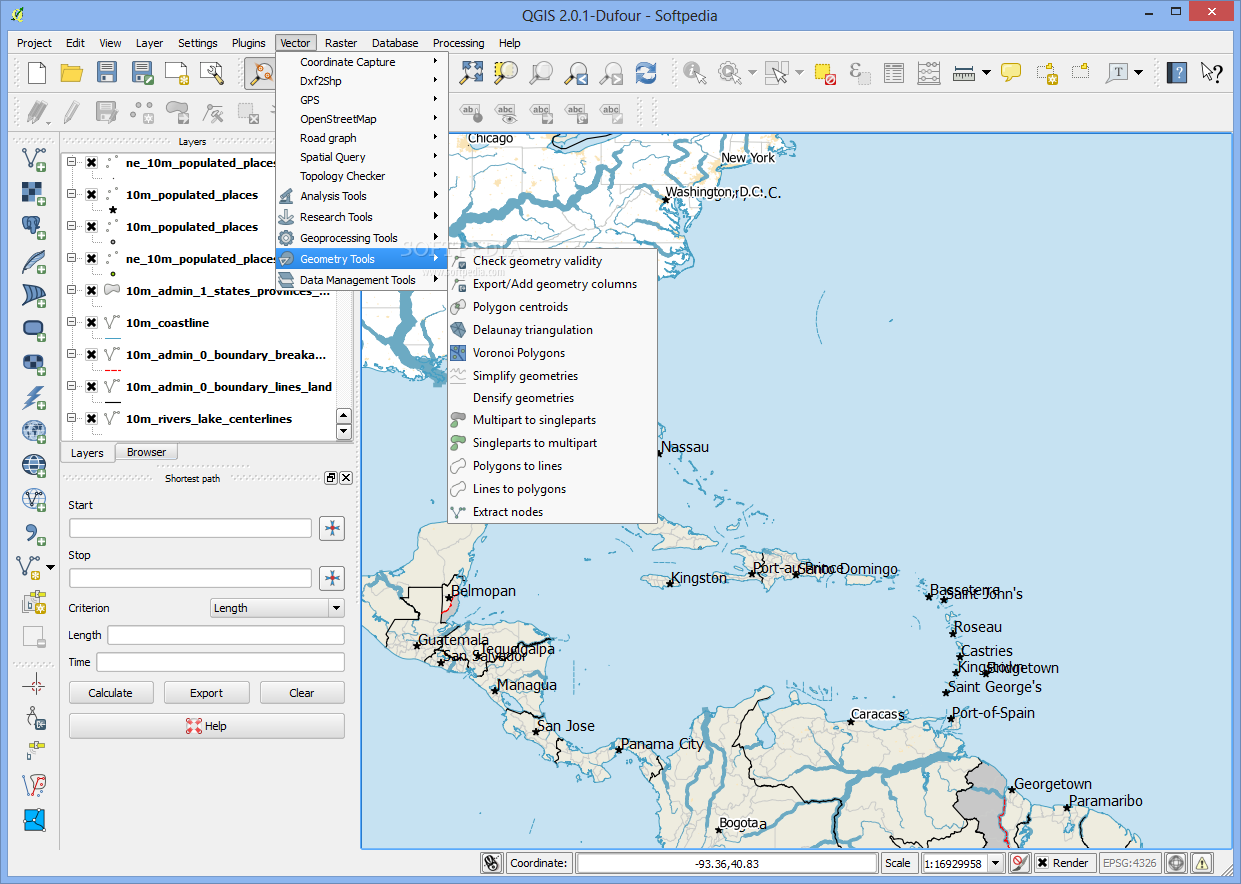

īecause it is distributed as a free software application under the GNU distribution license, Quantum GIS can be reprogrammed to perform different or more specialized tasks. Īdded support for raster data single, continuous, and graduated shading for vector data ability to create buffers, implemented as a PostGIS plug-in. Improvements to PostGIS connections, layer identify function added, and ability to view and sort attribute tables. īug fixes and improved stability, ability to set line widths, and improved zoom in/out functionality. Improvements in layers handling, colorize layers, and view properties in a dialog box. Currently, developers have converted Quantum GIS into 14 languages and the application is used internationally in academic and professional environments.Īdded support for shapefiles and other vector formats. Quantum GIS is continually maintained by an active group of volunteer developers who regularly release updates and bug fixes. Quantum GIS has a small file size compared to commercial GISs and requires less RAM and processing power hence it can be used on older hardware or running simultaneously with other applications where CPU power may be limited. Quantum GIS can also be used as a graphical user interface to GRASS.
#Quantum gis for mac#
For Mac users, the advantage of Quantum GIS over GRASS GIS is that it does not require the X11 windowing system in order to run, and all around the interface is much cleaner and faster. Quantum GIS is a multi-platform application and runs on different operating systems including Mac OS X, Linux, UNIX, and Microsoft Windows. GDAL, GRASS GIS, PostGIS, and PostgreSQL are also recommended. In addition to Qt, required dependencies of Quantum GIS include GEOS and SQLite. Quantum GIS allows integration of plug-ins developed using either C++ or Python.

Quantum GIS is written in C++, and its GUI uses the Qt library. Version 1.0 was released in January 2009. Gary Sherman began development of Quantum GIS in early 2002, and it became an incubator project of the Open Source Geospatial Foundation in 2004.


 0 kommentar(er)
0 kommentar(er)
